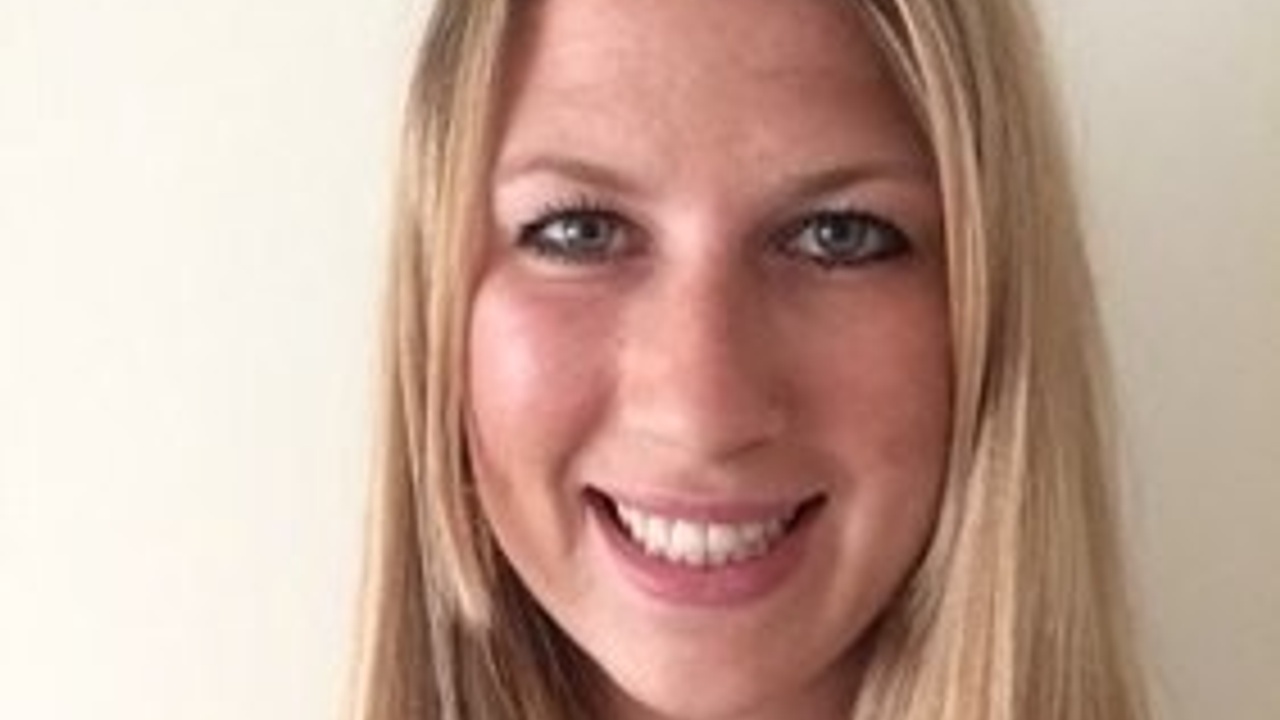#060 Vanessa Hrvatin: Journalist and FASD Champion
Mar 28, 2021
Weaving FASD Stories, Science and Research
When you think of media coverage for FASD what stories immediately come to your mind? Is it a respectful and honest piece or is it stereotypical and sensationalized? Do you know how feature stories are pitched, decided, and developed?
In April 2018, an in-depth feature on FASD appeared in one of our National newspapers. A year later three more features. Last month, a fourth appeared by the same reporter. I decided it was time to dig behind the scenes to find out who this reporter was and how and why she become such a champion for FASD.
Vanessa Hrvatin is a multimedia journalist, science writer, and science communications specialist currently working as a freelance journalist and writer. She is also a part-time Communications Coordinator for the DjavadMowafaghian Centre for Brain Health at the University of British Columbia. She holds a Master of Journalism from the University of British Columbia and a BSc. in biology and environmental science from Queen's University.
She was the 2017/2018 recipient of the Michelle Lang Fellowship and spent a year working at the National Post and Calgary Herald on a special series about Fetal Alcohol Spectrum Disorder (FASD).
Her work has also appeared in the Globe and Mail, Maclean's, Reader's Digest, the Canadian Medical Association Journal News, the Toronto Star, and Canadian Geographic, and she spent time at Global News BC as a broadcast writer.

Her goal is to tell important stories and she has a special passion for science and health reporting. She also happens to be the first journalist I have interviewed for the podcast. And to say I was a little nervous is an understatement.
When Ontario released their first FASD strategy I was hearing from people that it was a great start, but we have so much more work to do. When developing my pitch for the feature, I was asking people, what do you not like about FASD coverage in the media. What do you think we haven’t covered?
I love how she found a way to combine both her passion for science and writing for the benefit of FASD. Join me as we go undercover and behind the scenes in the making of an FASD feature and a champion. You will hear:
- How caregivers and individuals with FASD were the inspiration for the feature and how the opportunity to write it came about.
- The reasoning behind and focus of each of the initial three features, her biggest worry and her aha moments.
- The reactions to those initial feature pieces and the who, why and what behind the most recent feature three years later.
Not much has changed. We still don’t know how to properly support people who are transitioning into adulthood. Despite knowing about this (FASD) for a long time, we still have a gap in research and data. We need to move faster.
I am so thankful that we have Vanessa on our team who continues to identify the gaps and tell the stories. She told me because she has spent so much time with the FASD community she has many more story ideas. I can’t wait to see them!
Do me a favour and check out the pieces she has written (links in the show notes below), leave a comment on the stories and let Vanessa and the newspapers know the importance of sharing personal, research and science-backed stories about Fetal Alcohol Spectrum Disorder.
Show Notes:
To contact Vanessa visit her website
FASD Feature Articles:
More than a million Canadians could have fetal alcohol spectrum disorder: study (April 2018)
3 part feature series April 2019:
It’s been 45 years since researchers revealed the risks of drinking during pregnancy. But as Vanessa Hrvatin reports, rates of Fetal Alcohol Spectrum Disorder are three times higher than previously believed — just as more women are drinking, and drinking more, than ever before. In this three-part series, Postmedia’s Michelle Lang Fellow explores one of the most common developmental disabilities.
A broken system': Adoptive families say child welfare agencies are failing on FASD
Follow-up feature February 2021:
As kids with FASD turn 18, worry over support intensifies
Visit the blog for my external support specialist Yvonne Williams Our Sacred Breath
Join us at FASD Caregiver Success Group

